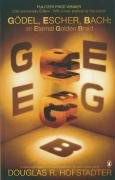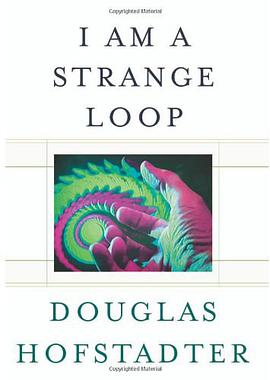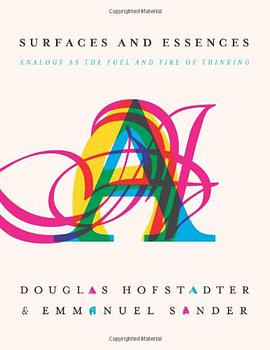Godel, Escher, Bach 豆瓣 谷歌图书
作者:
Douglas R Hofstadter
Penguin
2000
- 3
'What is a self, and how can a self come out of inaminate matter?' This is the riddle that drove Hofstadter to write this extraordinary book. Linking together the music of J.S. Bach, the graphic art of Escher and the mathematical theorems of Godel, as well as ideas drawn from logic, biology, psychology, physics and linguistics, Douglas Hofstadter illuminates one of the greatest mysteries of modern science: the nature of human thought processes. 'Every few decades an unknown author brings outa book of such depth, clarity, range, wit, beauty and originality that it is recognized at once as a major literary event. This is such a work' - Martin Gardner


